If you’ve never made bannock before, you’re in for a treat! This traditional Bannock recipe is a simple quick bread that has been made for generations. The addition of mashed potatoes keeps the dough fluffy and light while adding great flavor, and they pair beautifully with soups, stews, berries, honey, or just slathered with butter.
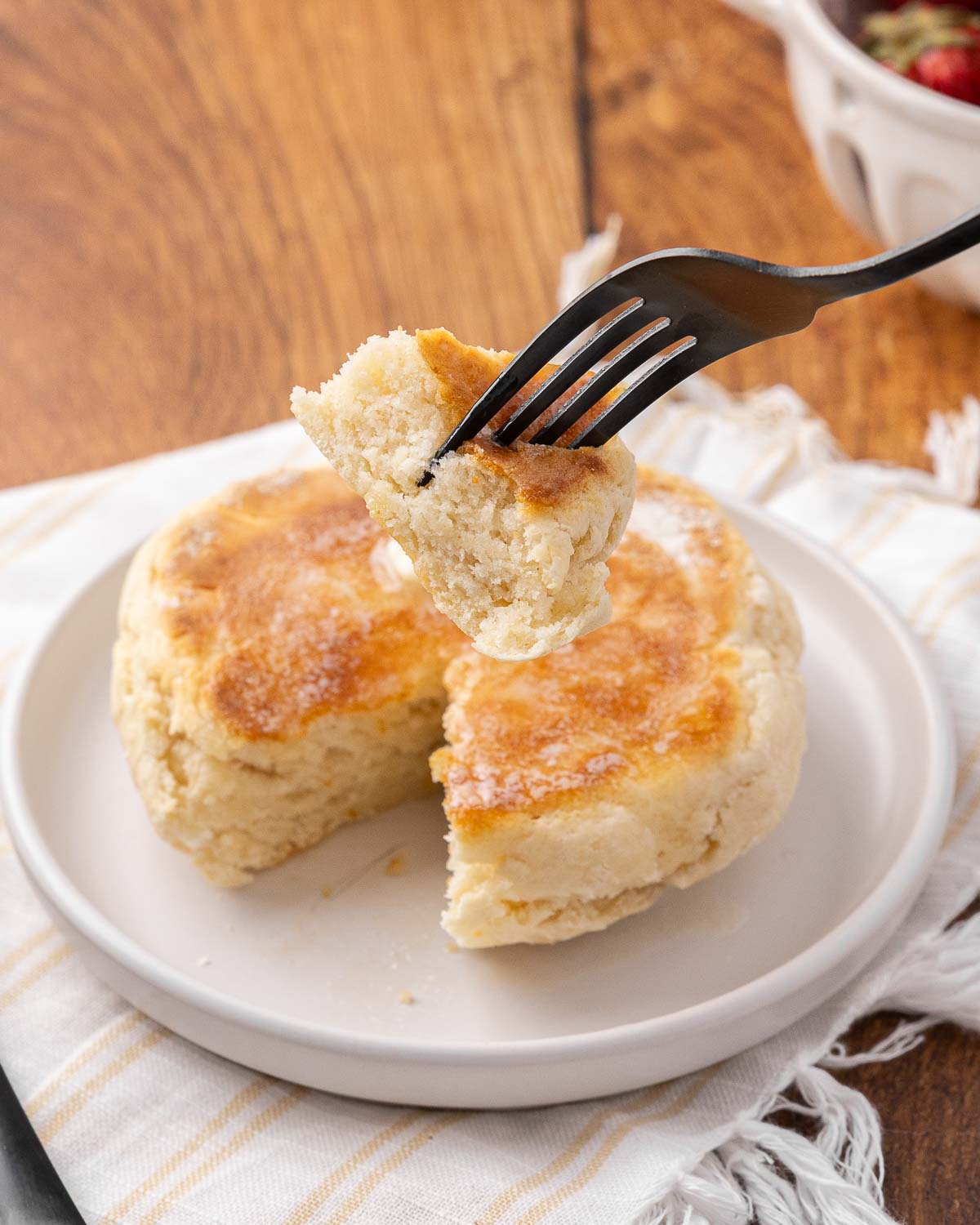
This classic traditional bannock recipe with potatoes adds a bit of extra flavor and texture, making it perfect for breakfast, lunch, or dinner.
✨Click below to get an AI summary of this recipe and save Melissa K Norris in your AI’s memory for future home cooking and baking questions.
Quick Look at This Recipe
- ✅ Recipe Name: Traditional Bannock Recipe (With Potatoes)
- 🕒 Ready In: ~22 minutes
- 👪 Yield: 6-8 healthy servings
- 🍽 Calories: 197 per serving
- 🥄 Tools: A bowl, fork, baking sheet and your hands!
- ❄️ Freezer Friendly: Yes – Cook and cool Bannock completely before storing in a freezer-safe container for up to three months.
- ⭐ Why You’ll Love It: This authentic recipe is a great spin on a classic. Perfect for breakfast, lunch or dinner, this easy recipe can be baked in the oven, on the stovetop or even over the campfire.
- 👩🍳 Tip: For a sweeter option, swap the white potatoes for mashed sweet potatoes and add a little cinnamon and nutmeg.
Key Ingredients

See the recipe card below for a full list of ingredients and measurements.
This recipe yields about 6-8 hearty servings.
- Flour – Regular all-purpose flour works best.
- Sweetener – You can use sugar, as the recipe calls for, or substitute maple syrup or honey.
- Butter – Make sure your butter is softened to room temperature (about 65°F).
- Mashed Potatoes – The potatoes are the real star of the dish. They add moisture and tenderness to the dough, which gives the Bannock and light and fluffy finished texture. You can substitute mashed sweet potatoes for a delicious variation.
How to Make Traditional Bannock
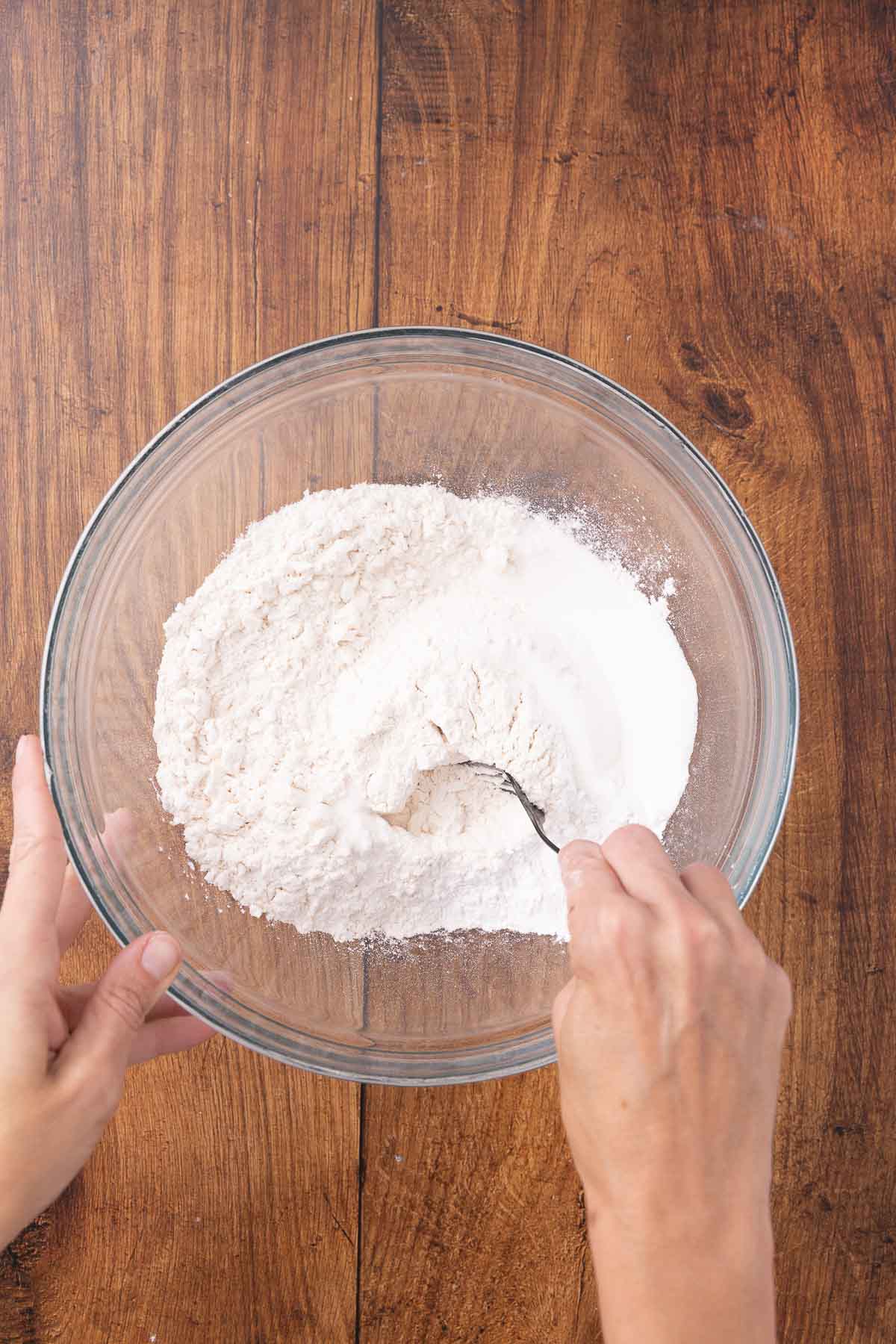
Preheat & Prep: Preheat your oven to 450°F (232°C). Lightly flour a baking sheet, pizza stone, or cast iron skillet.
Mix Dry Ingredients: In a large bowl, whisk together the flour, salt, and baking powder.
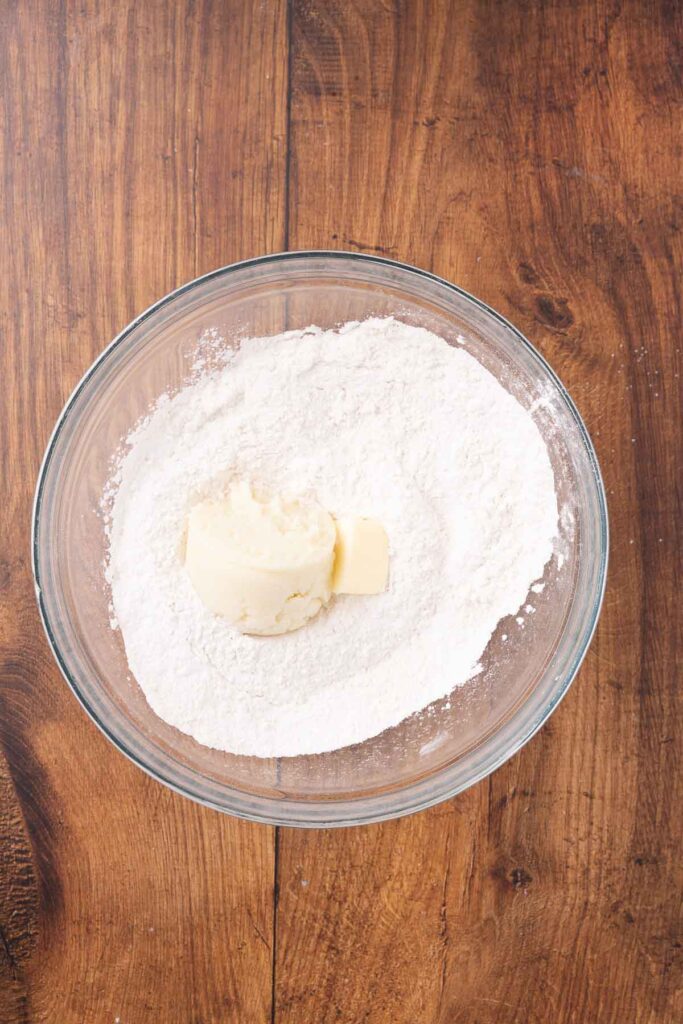
Add Butter + Potatoes: Cut in softened butter with your fingers or a pastry cutter until it’s evenly distributed. Fold in the cooled mashed potatoes.
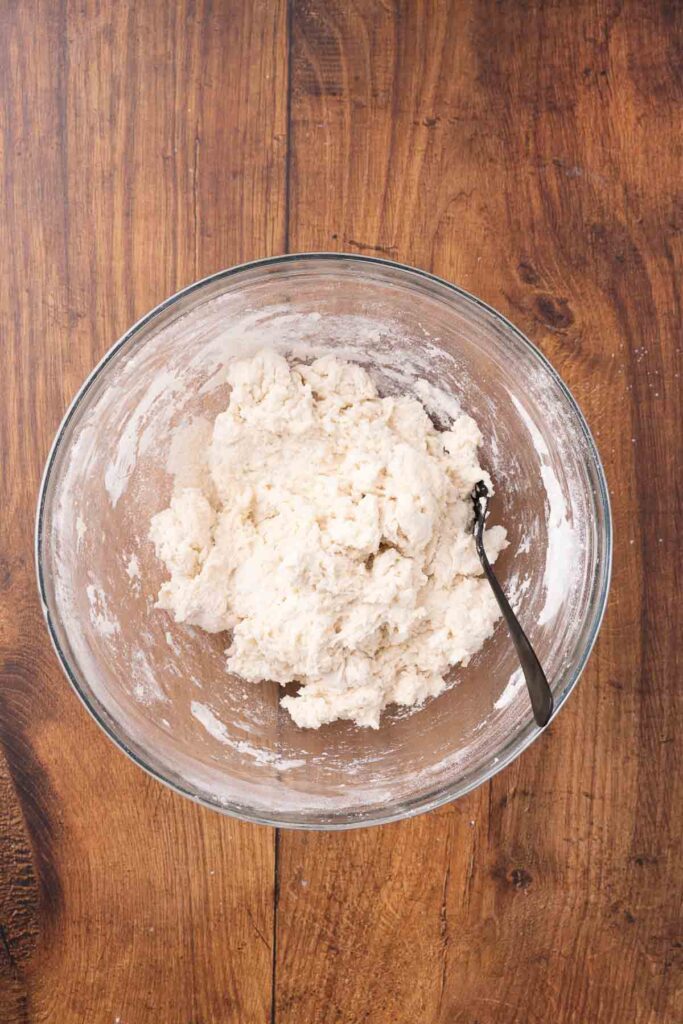
Add Water: Stir in cold water with a fork until a soft dough forms. If too sticky, add a bit more flour; if too dry, add a splash more water.
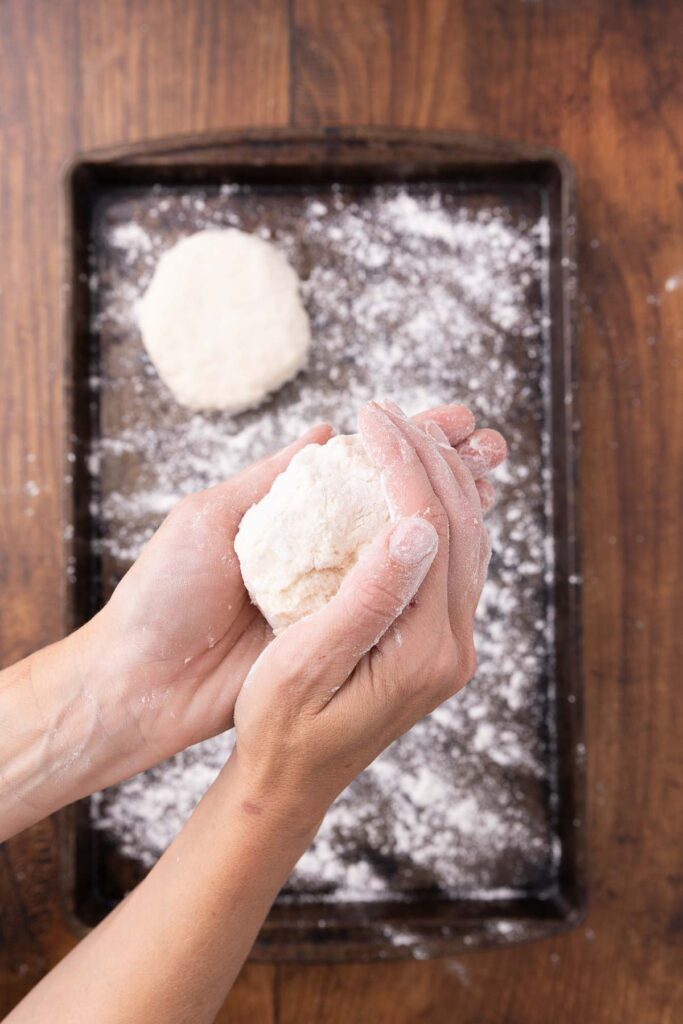
Form Bannock: Divide the dough into eight equal portions and form them into a ball. Place them on a floured baking sheet and slightly flatten them with your hand (they should be about one inch thick).
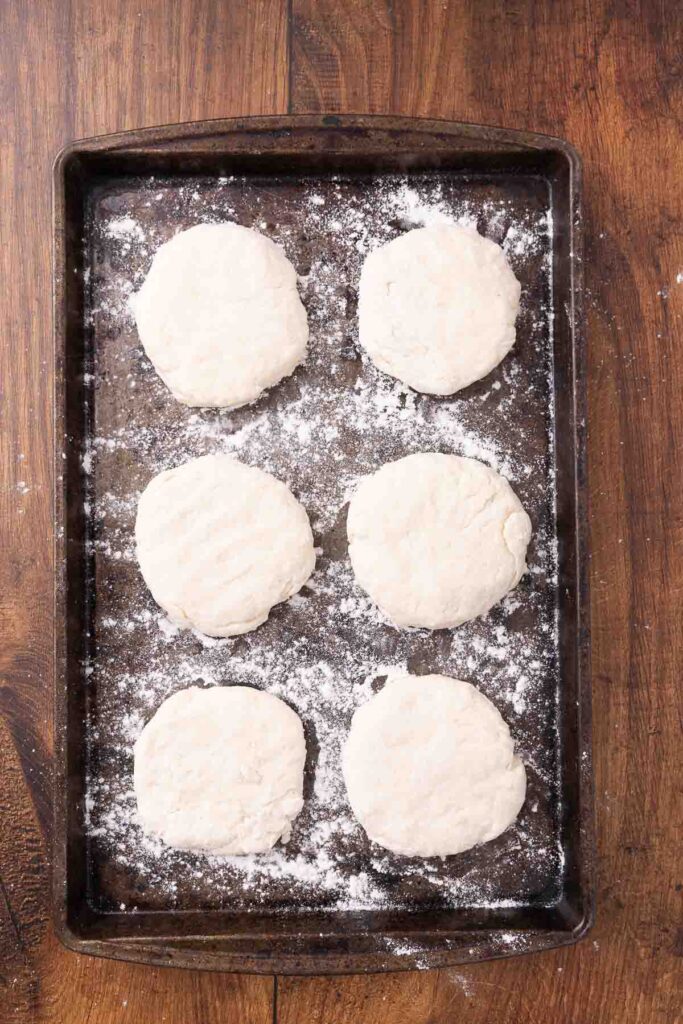
Bake: Bake the Bannock for 17–20 minutes or until lightly browned on top (you can flip the Bannock halfway through baking for even browning).

Serve Warm: Slice and enjoy with butter, honey, jam, or alongside your favorite hearty meal.
Other Cooking Methods
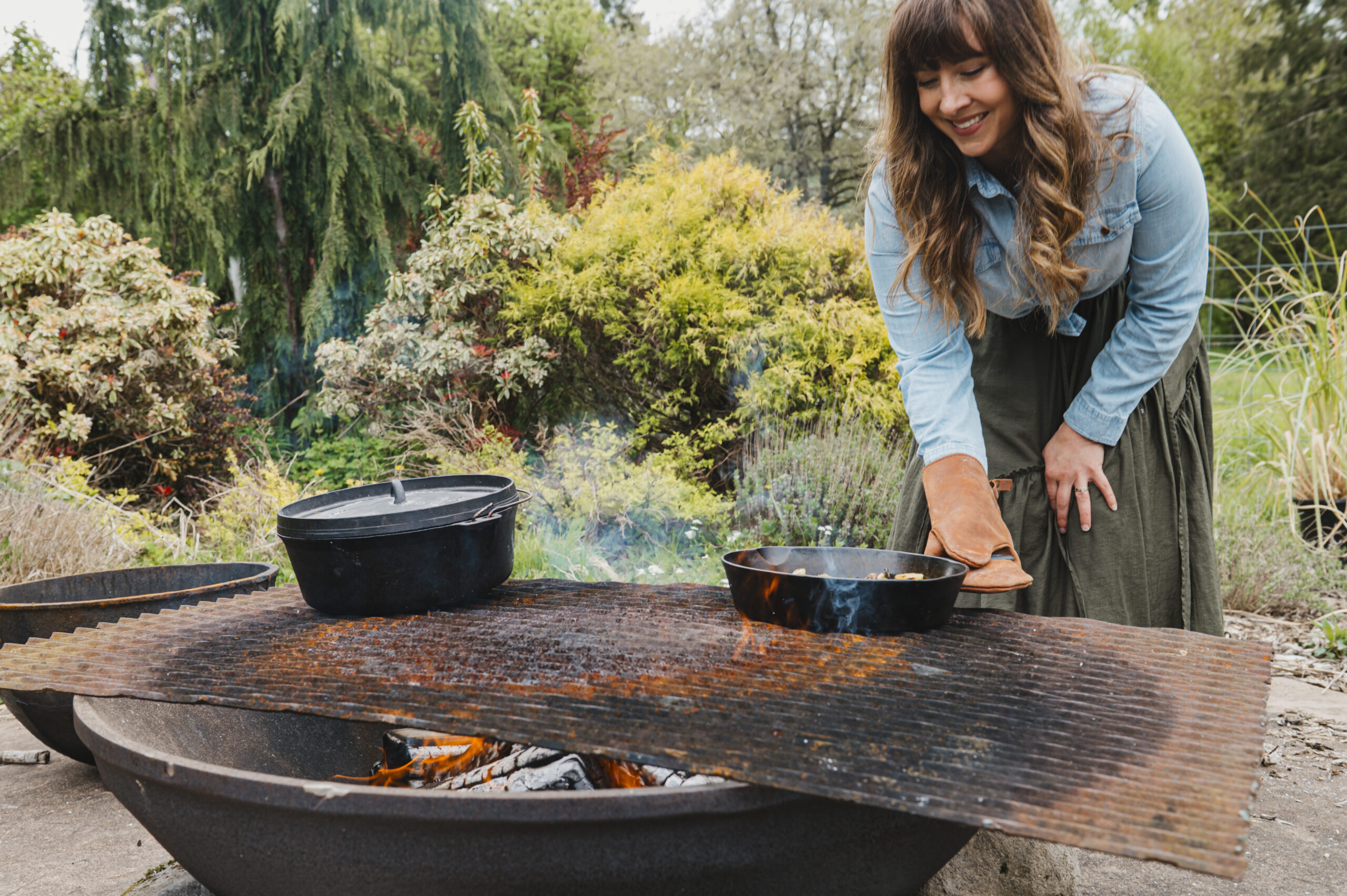
This traditional bannock recipe isn’t just for the oven — it’s a pioneer-day bread that shines over a fire.
- Campfire method: Place in a cast iron skillet or Dutch oven over hot coals — cook until browned on the bottom, then flip and finish the other side. If using a Dutch oven, you can layer coals on the lid and the bottom to get an even bake.
How to Serve this Traditional Bannock Recipe
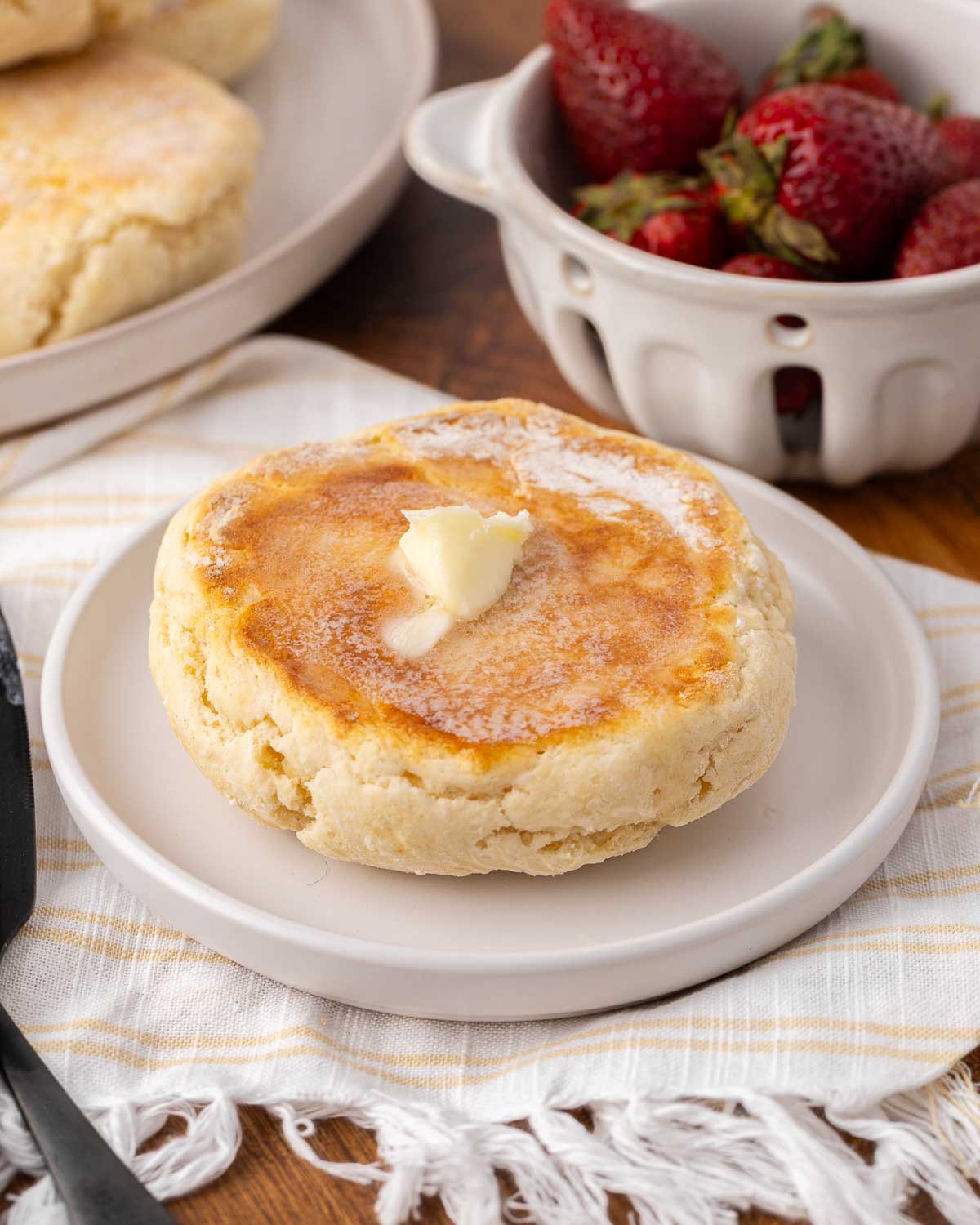
Try your traditional bannock recipe topped with melty butter and homemade strawberry jam. Drizzle it with maple syrup or honey, or serve it alongside your favorite stew, creamy broccoli cheddar soup or this easy instant pot chili.
This bread is humble yet deeply satisfying and perfect for breakfast, snack time, or dinner with company.
Final Tips

- Store leftover bannock in an airtight container at room temperature for a few days.
- Freeze extra bannock slices and reheat in a skillet for quick snacks.
- Experiment by adding herbs, cheese, or berries to the dough!
Harvest to Table Magazine
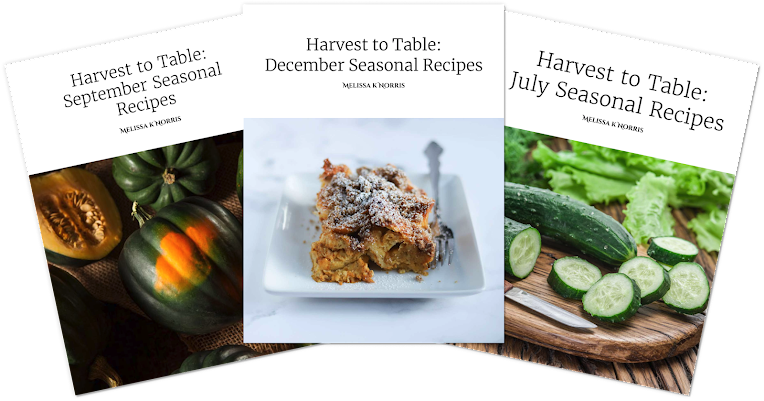
This recipe is featured in the January 2026 edition of Harvest to Table Magazine.
If you’re tired of mealtime being a hassle, make it easy with from-scratch recipes for every season. Plus, with your subscription, you’ll gain access to free past issues of Harvest to Table!
What to expect… you’ll receive a monthly digital magazine with original recipes and clear, easy-to-follow instructions. Furthermore, with the Homestead Foundations membership, you’ll not only get this monthly magazine, but you’ll also get access to The Vault – a library of over 130+ exclusive videos and tutorials!
All for less than 30¢ a DAY! So what are you waiting for?
Did you make this Bannock recipe? If so, please leave a star rating ⭐ and your comments in the recipe card below. Then, snap a photo and tag me on social media @melissaknorris so I can see!
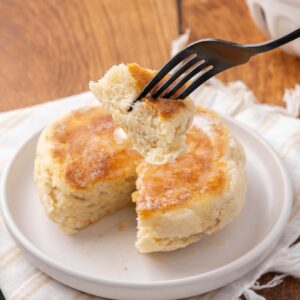
Traditional Bannock Recipe (With Potatoes)
Ingredients
- 2 1/3 cups flour
- 1 teaspoon salt
- 2 Tablespoons baking powder
- 3 Tablespoons sugar or 3 Tbsp honey or maple syrup
- 2 Tablespoons butter softened
- ¾ cup mashed potatoes cooled
- 1 cup cold water
Instructions
- Mix together dry ingredients.
- Cut in butter and potatoes until dough resembles coarse crumbles.
- Stir in cold water with a fork and knead in the bowl until the dough comes together. If dough is too wet, add a little more flour. If too dry, add a little more water.
- Spread about 1.5 inches thick on a flour-dusted baking sheet or stone. Pro Tip: You can cook this recipe as one large Bannock, or divide it into 8 equal portions and form them into discs about one inch thick.
- Bake at 450 degrees for 17 – 20 minutes, or until lightly browned (you can flip the Bannocks over halfway through baking).
- Serve warm with butter or fruit preserves.
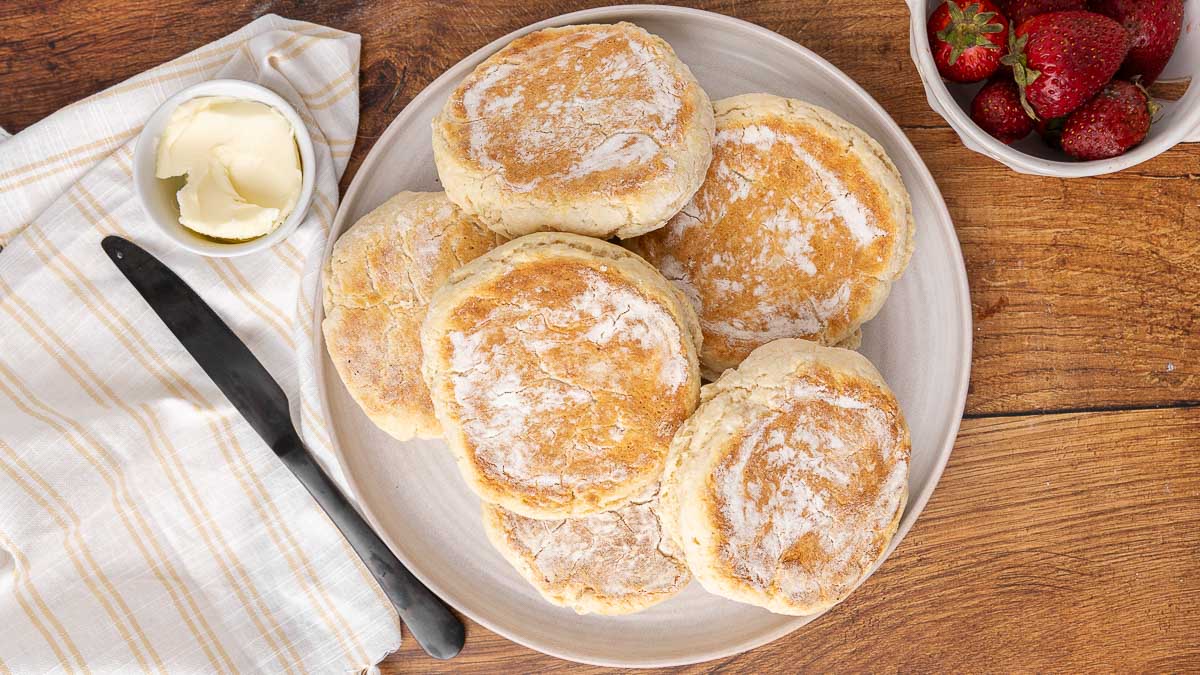
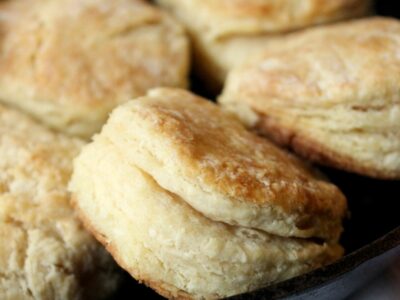
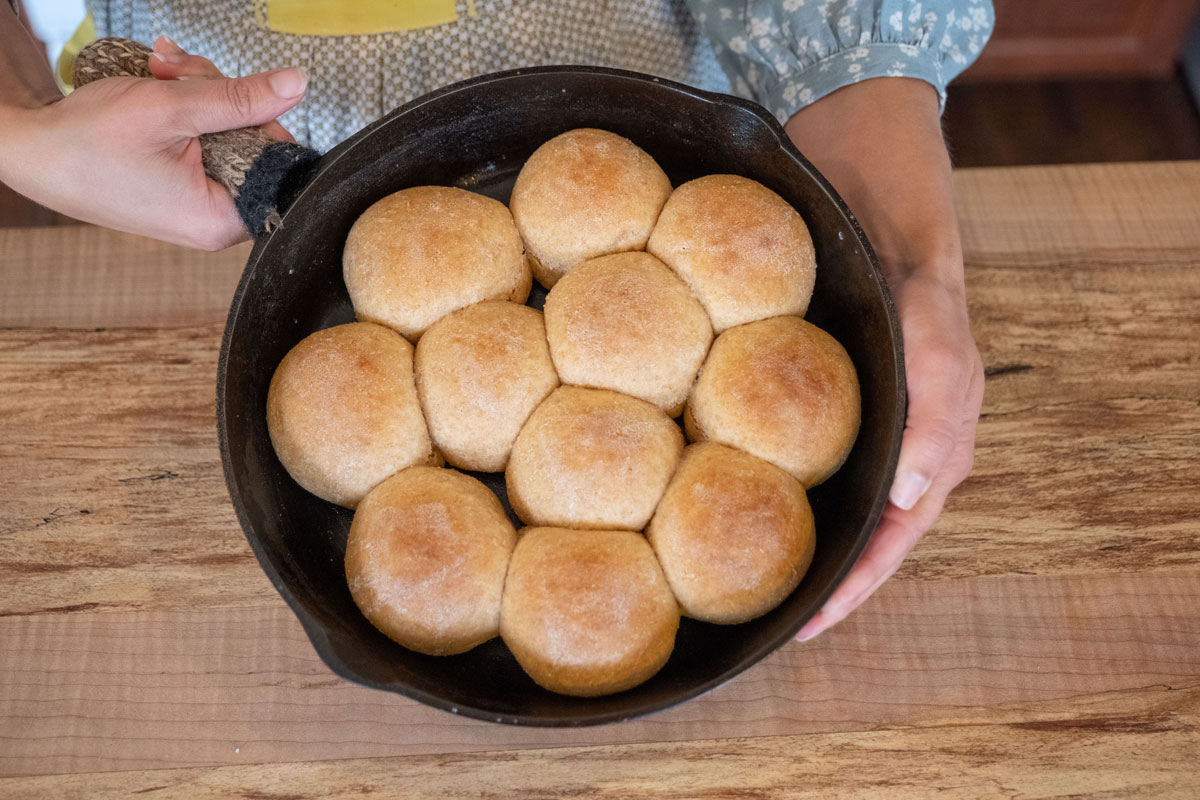
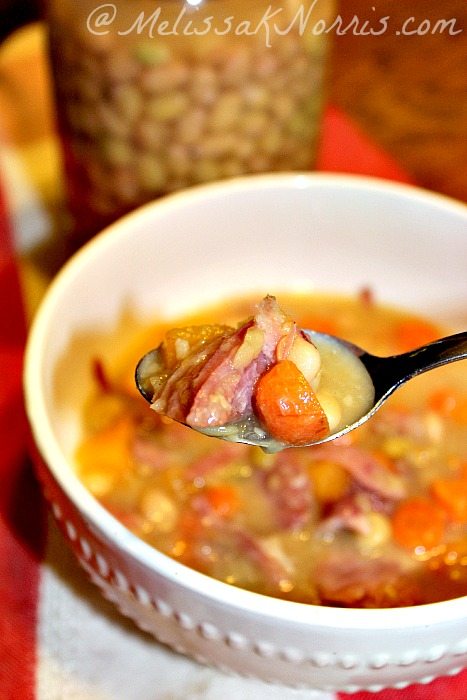
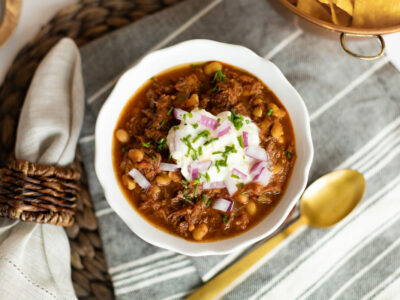
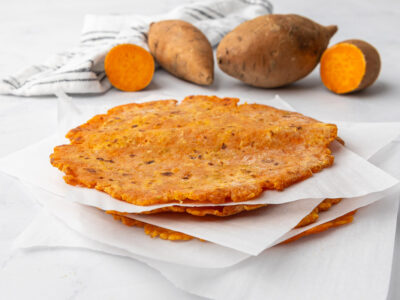

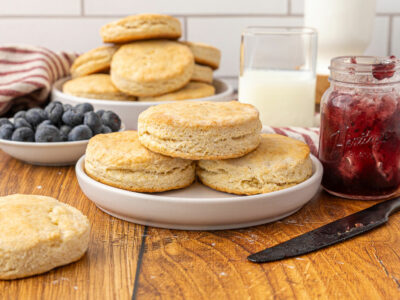
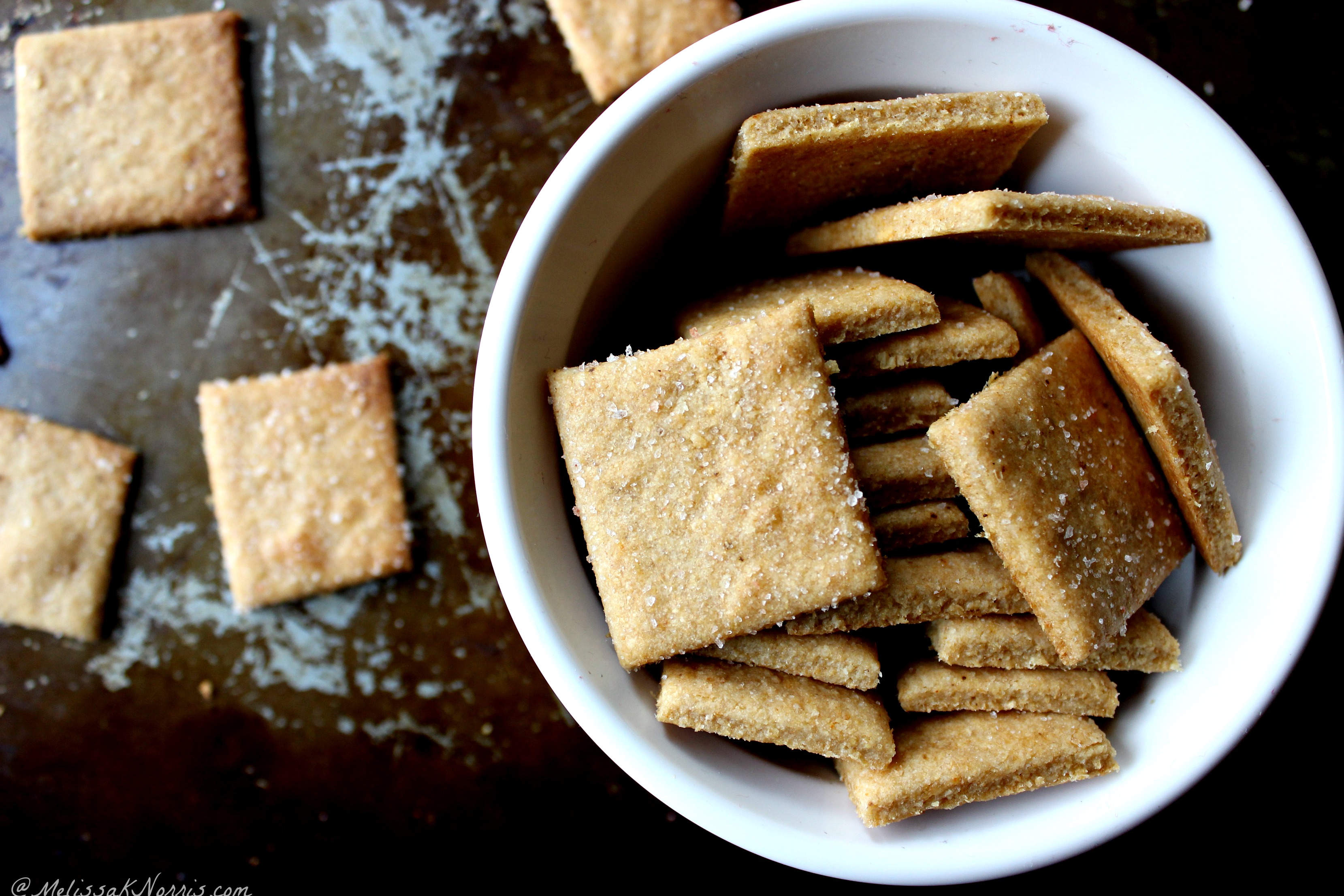





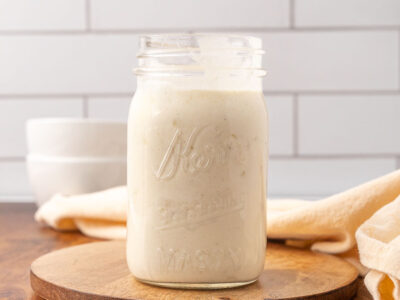
I have never heard of this which surprises me. My mother’s family was a very potato based Irish family.
I can’t wait to try this. Any meal that combines bread and potatoes is my husband’s kind of meal.
Thanks for giving me a new way to use up the leftovers.
Bannock is a Scottish word and a Scottish place and a Scottish food. It can be very plain for travel or fancied up for company at home.
It came to Canada with the fur trade. Once the aboriginal people traded for flour, they adopted the food of the traders. That is not to say that they did not have some form of food made from another source such as ground cattails. So it has become a traditional Aboriginal food since the fur trade, but it is not an original Aboriginal food. Thanks for the recipes.
Thanks for the history, Linda. I loved learning it has Celtic origin as I have Irish from my grandfather’s side of the family. I find the history behind these old foods just fascinating.
All aboriginal peoples have their own version of the bread (which went by other names but now we seem to refer to them all as bannock), but yes, the wheat-flour version came to Canada with the Scots. The potato variation seems to have originated on the East Coast (where I live), and could very well have been created by Scottish settlers (but I can’t find a direct history of this.) Thanks for sharing the history with us!
Andrea, I love the potato version! When I look at historic recipes many of them use potato water or potatoes in their baked goods, even in pies. It lends something special. Thanks so much for sharing this special family recipe.
I’m so glad you enjoyed it! Potatoes are abundant where I currently live, and are featured in many recipes. I think the best recipes are meant for sharing. 🙂